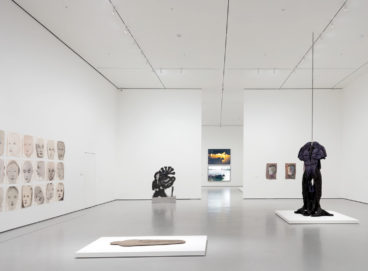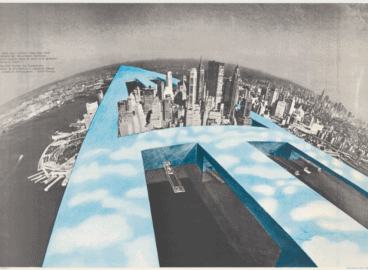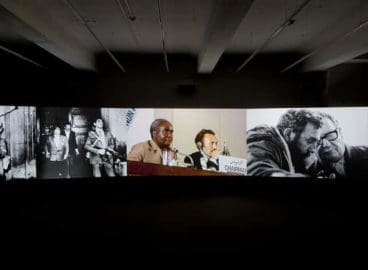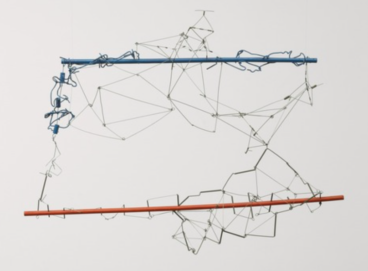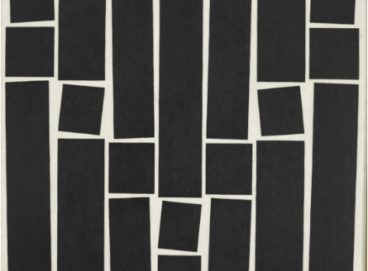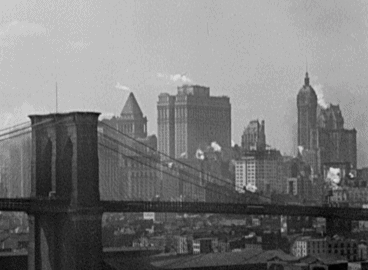Encouraging associations across periods, geographies, and mediums, this section draws together diverse contents from post.
One Work, Many Voices
MoMA’s curators, selected staff, and specialist invitees each pick individual works in MoMA’s collection and discuss the particularities of the chosen piece and its relationship to other works housed within the Museum. Several of the works included here entered MoMA’s holdings as a result of Contemporary and Modern Art Perspectives (C-MAP), a research initiative begun…
A Global Museum
“Global” is a word that is now frequently referenced in art discourses, just as the call to include an international perspective increasingly has become an articulated goal for art history and institutions. Nevertheless, how a global approach is manifested remains contested. Contemporary and Modern Art Perspectives (C-MAP), the self-described “global” program at MoMA, focuses on…
Art and the Political: 1960s and 1970s
The 1960s and 1970s were a period of social and political transitions and transformations, marked by a series of historical events that would have profound effects on the future, our present. Central and Eastern Europe and the so-called Western world, and their geopolitical allies, were systemically transformed by the rivalry of the Cold War. In…
Contemporary Crisis and Dissent
How do artists respond to political oppression, conflict, and censorship? What is the relationship of art to vehicles of social change? How can oppositional and alternative voices be assembled? Brought together here, contemporary crises—whether political, economic, or environmental, and across divergent geographic contexts—offer ways to critically rethink and reassess international trends as well as local…
Transnational Histories and Non-aligned Networks
How do art history and museum practice deal with international networks that decenter, complicate, or even bypass Western-centric geopolitical discourses of art history? This theme considers the relationship of historical precedents—such as the Non-Aligned Movement, Third Worldism, pan-Africanism, pan-Arabism, and related discourses of the Global South—to artistic production and circulation. While conventional markers of time,…
Abstraction
Abstract, non-representational, non-figurative art is often associated with modernism of the 20th century, with beginnings charted from Russian and European avant-gardes. Such an art historical trajectory, however, does not recognize the abstract foundations of aesthetic traditions in Africa, the Middle East, and elsewhere. Accordingly, artists’ deployment of line, shape, form, color, texture, and gesture have…
Art and Gender
Both within and beyond the realms of art, debates on gender are proliferating and becoming increasingly politicized. Gender’s imprint on art is often characterized by the prevalence of time-based media like performance, the use of the artist’s body, interactivity, and interventions in public spaces, and can be contextualized by concurrent developments in the social sphere.…
New York Crossings
New York is a site of intersection for artists from all around the world, a site of crossings and cultural exchanges. This Theme explores the work of various artists and collectives relating to the time they have spent in New York, either passing through or settled in the city. Their art practices reflect the sociopolitical…
